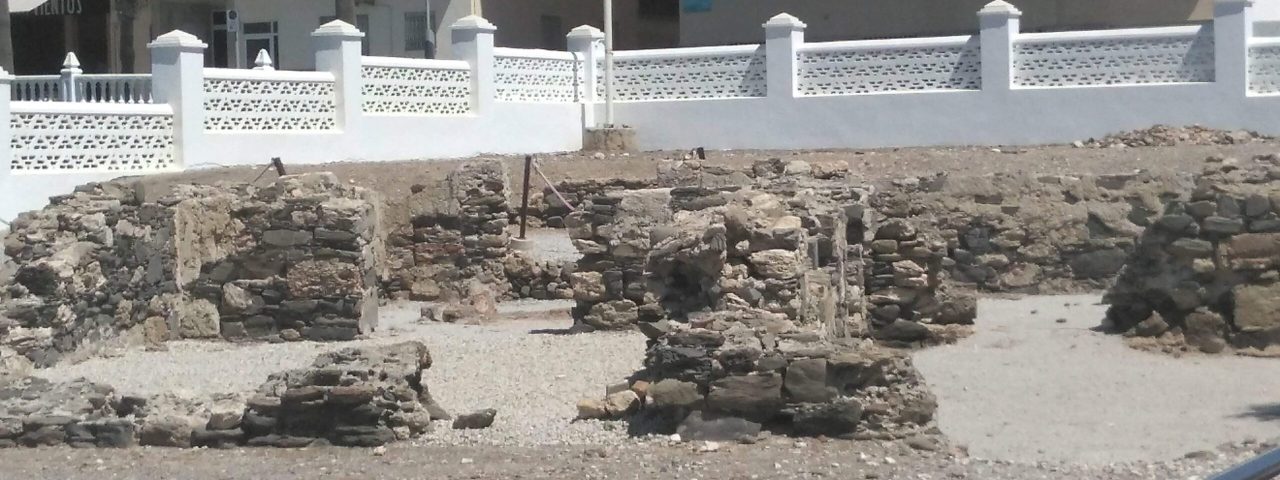Alovera has a rich history that spans several centuries, with influences from Roman, Moorish, and Christian civilizations shaping the town’s cultural and architectural landscape. Like much of Castille-La Mancha, the town was originally a small settlement during Roman times, later becoming more prominent during the Moorish occupation of Spain. Following the Christian Reconquest, Alovera evolved into a rural agricultural village, retaining many of its traditional customs and cultural elements.
Today, Alovera is known for preserving many of its historical traditions and festivals. One of the most celebrated events is the local Fiesta de San Roque, which is held annually in mid-August. This festival is a week-long celebration with parades, traditional music, food, and cultural performances, drawing both locals and visitors to enjoy the festive atmosphere. Religious processions, sporting events, and traditional games are also part of the town’s cultural fabric, keeping the spirit of old Castilian traditions alive.
Alovera’s historic architecture also reflects its cultural heritage. The town is home to several churches and monuments that date back to medieval times, including the Church of San Miguel Arcángel, a beautiful example of Castilian Gothic architecture. The town’s cultural vitality is further enriched by its proximity to the larger cities of Madrid and Guadalajara, where visitors can immerse themselves in broader Spanish history and culture.



